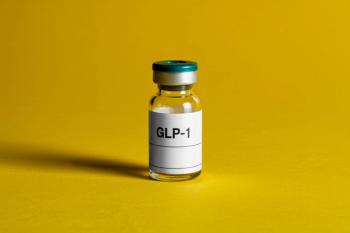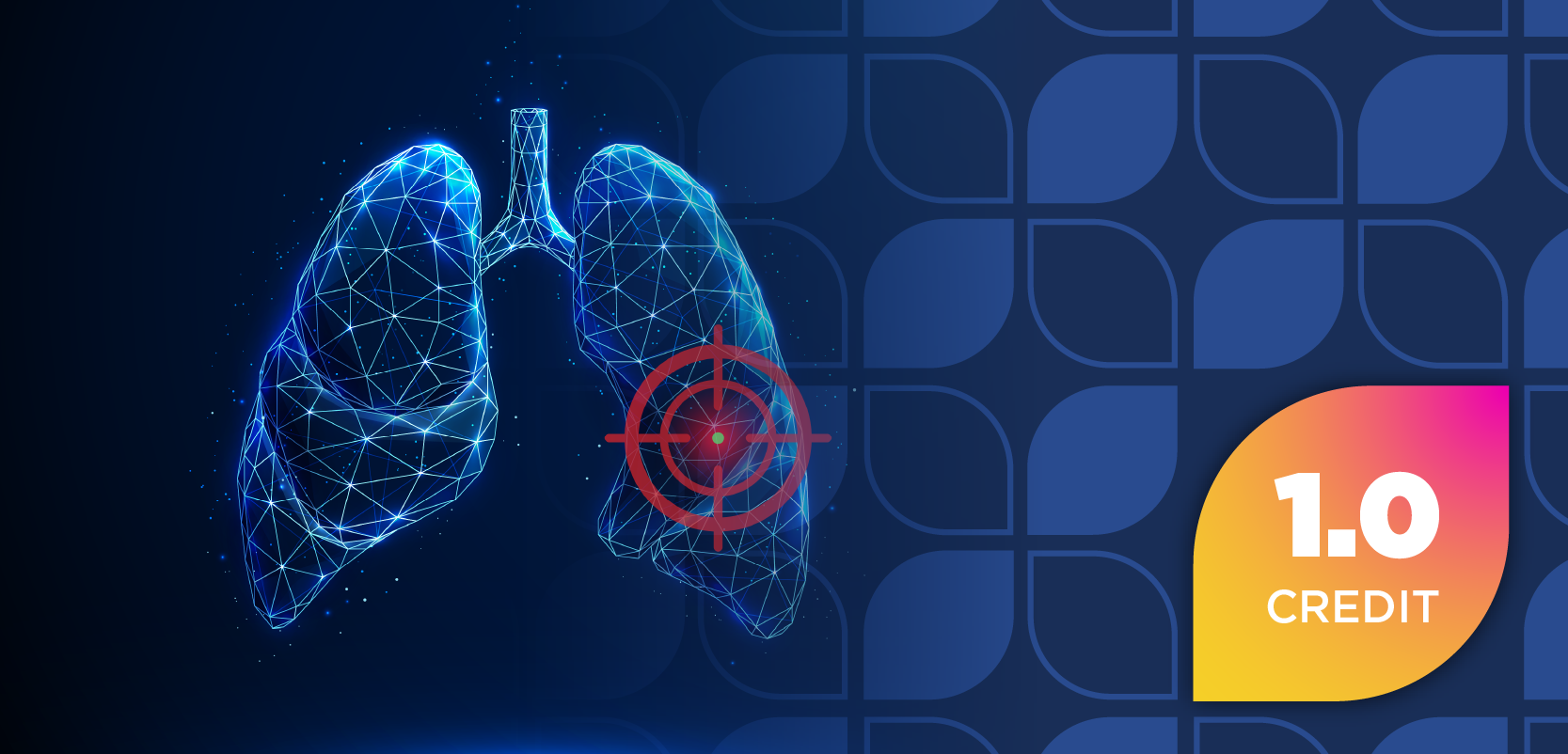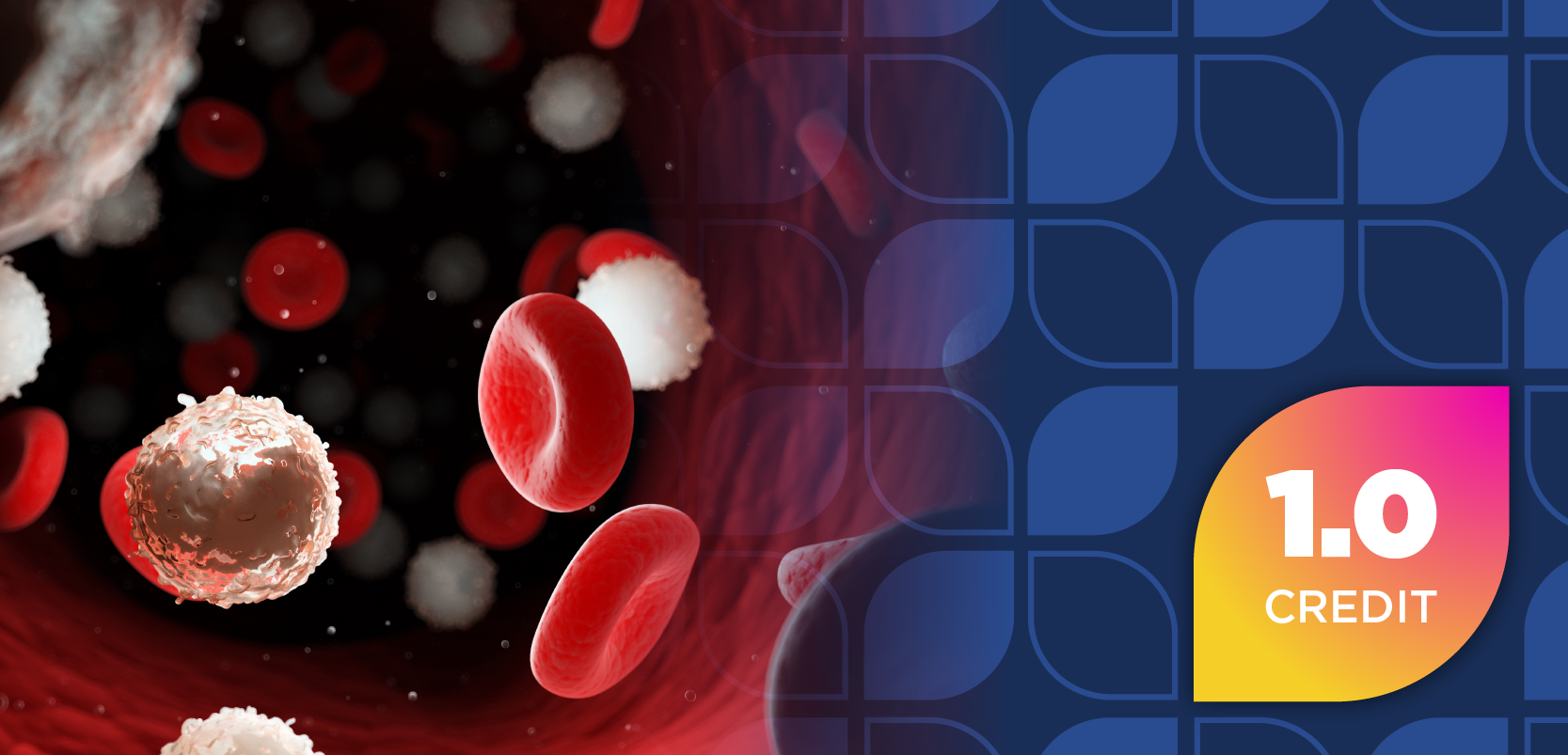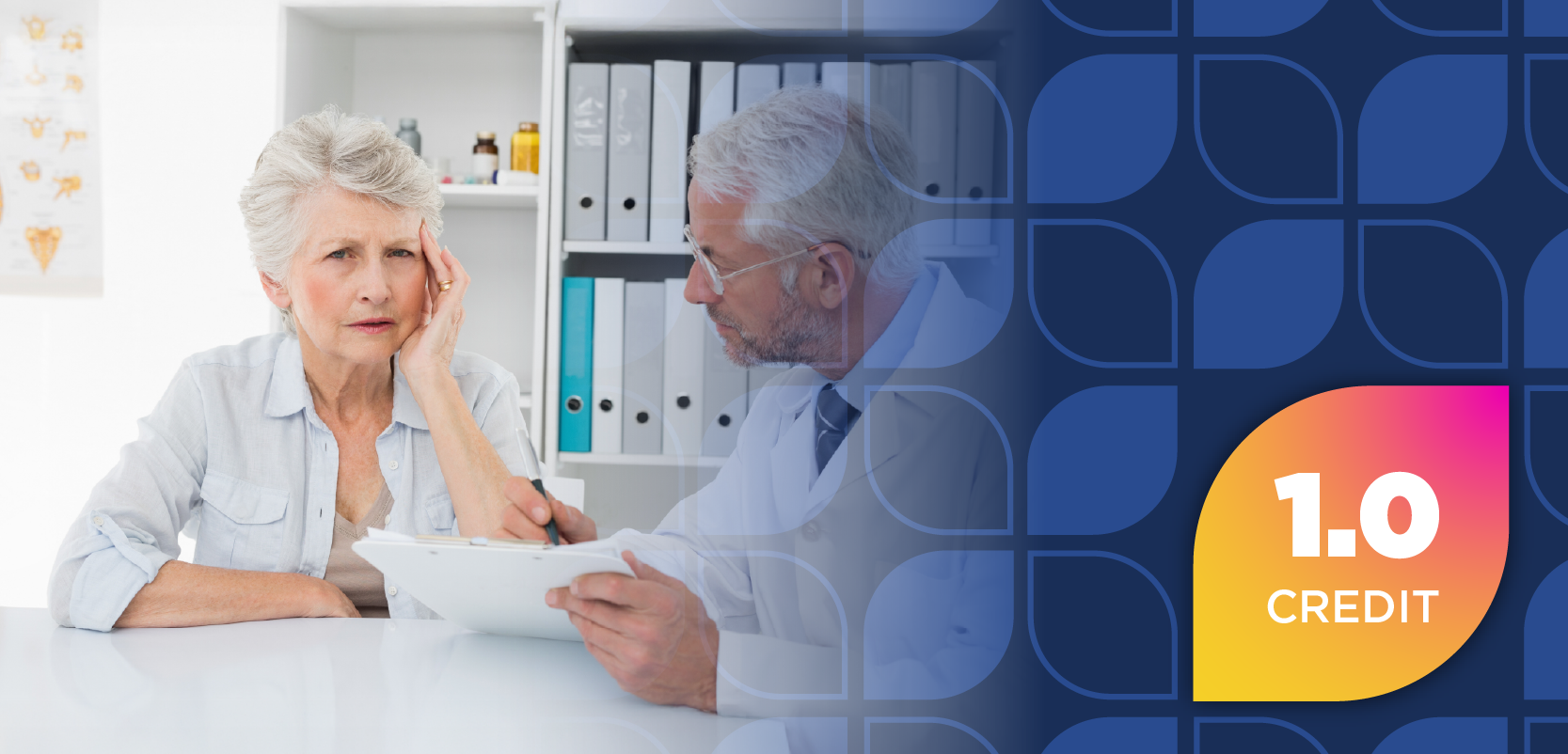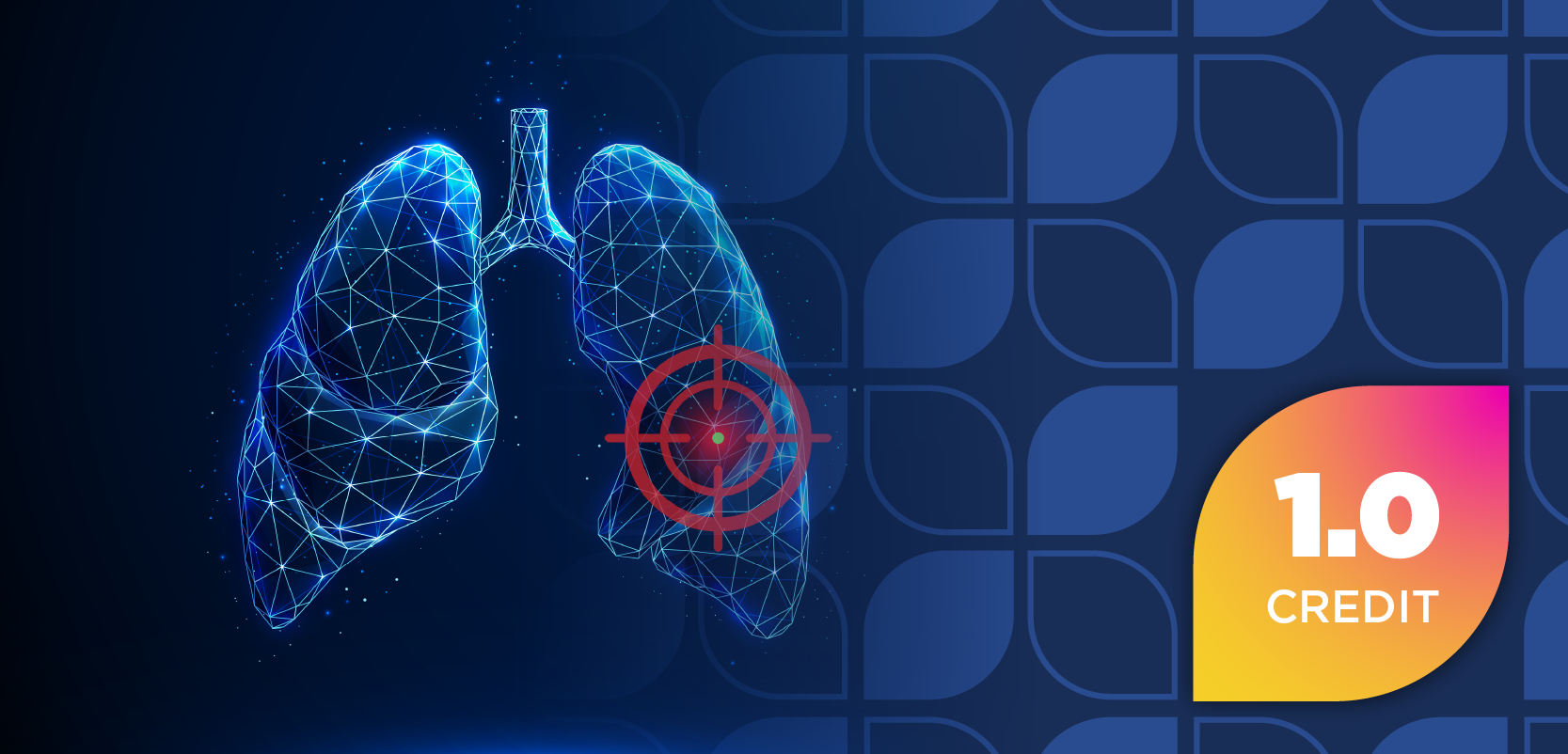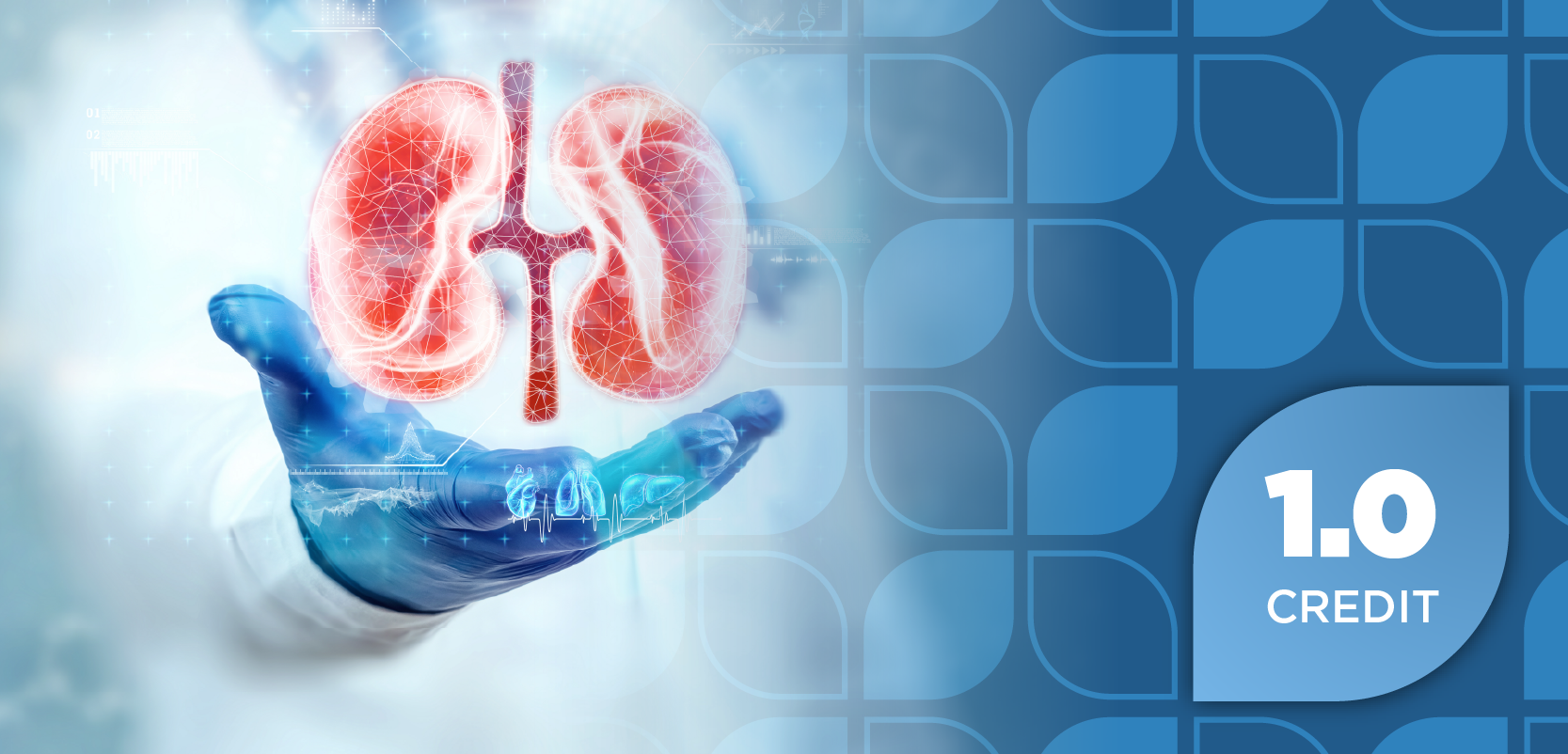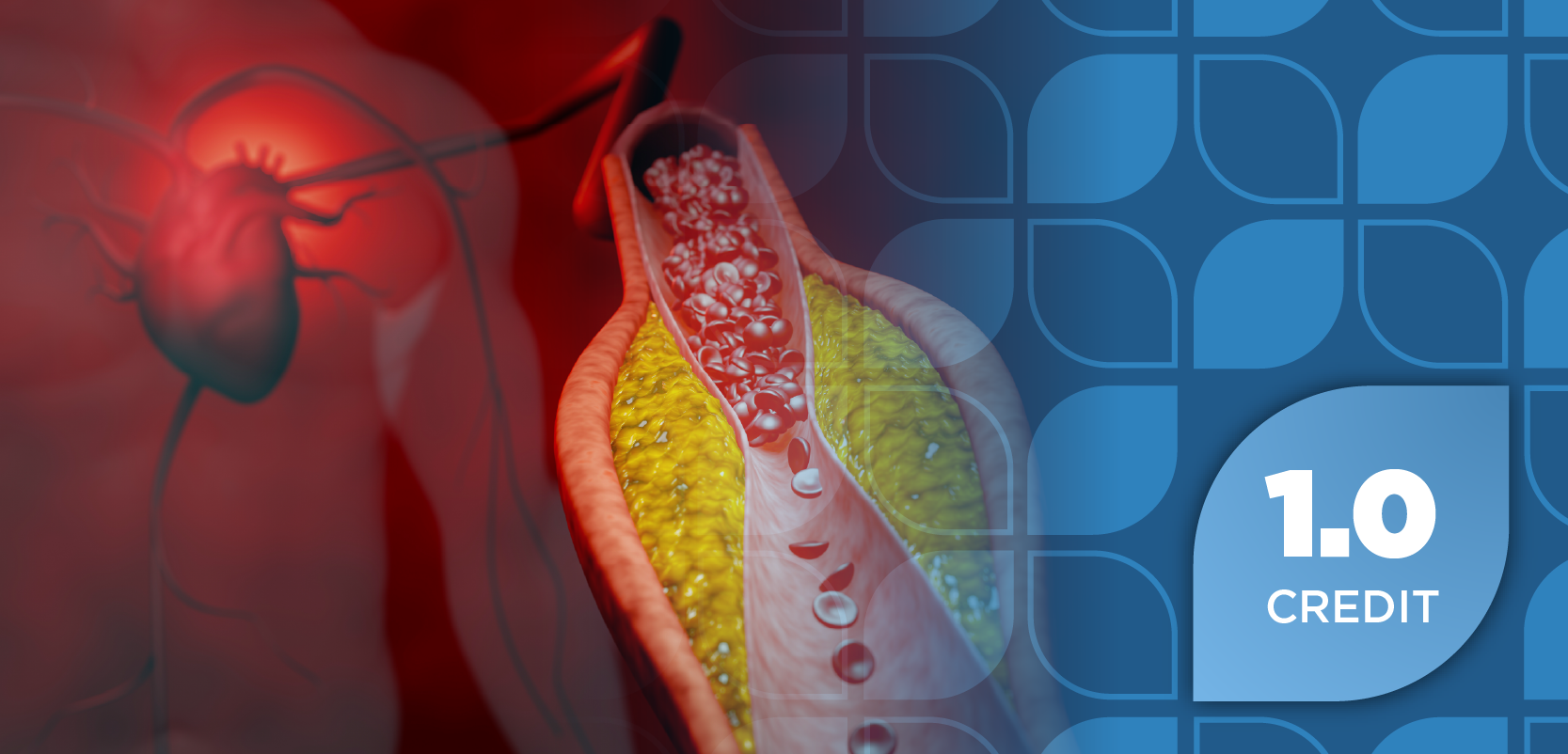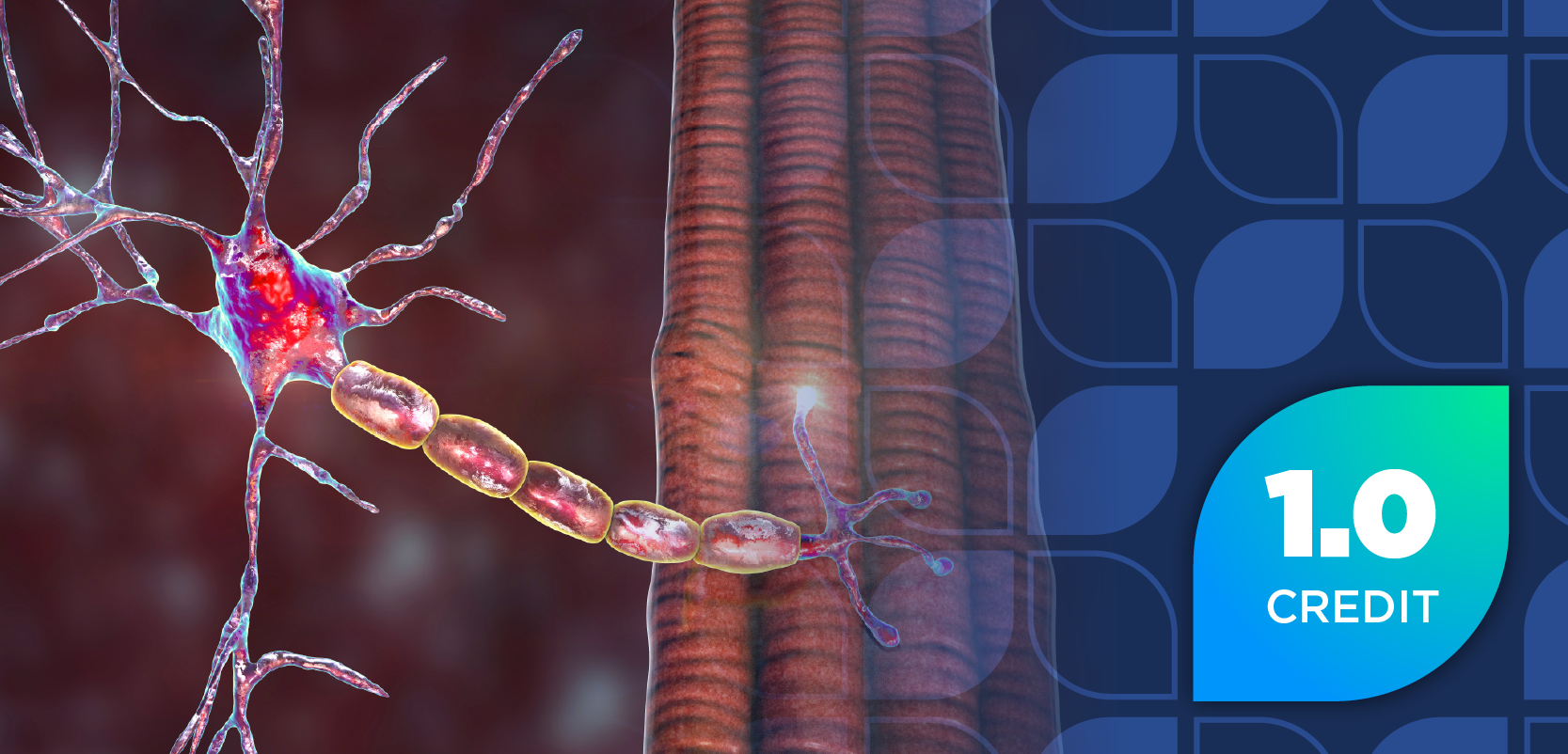
Liposomal Bupivacaine (Exparel)
Background
Liposomal bupivacaine (Exparel), manufactured by Pacira Pharmaceuticals, is a long-acting, local anesthetic FDA approved for single-dose infiltration into the surgical site to produce postsurgical analgesia. Efficacy of immediate-release bupivacaine HCl for acute postsurgical pain when administered via wound infiltration is well established; however, Exparel offers the advantage of a longer-acting local formulation that can be administered as a single dose.1,2
Pharmacokinetics
The formulation of Exparel allows for a longer duration of action and a slower absorption into systemic circulation, avoiding high plasma concentrations. Local infiltration can result in significant liposomal bupivacaine systemic plasma concentrations for up to 96 hours; however, significant levels are not correlated with local efficacy. The peak plasma concentration (Cmax) of liposomal bupivacaine occurs at 2 hours for a bunionectomy and 30 minutes for a hemorrhoidectomy. After bupivacaine has been released from Exparel and is absorbed systemically, distribution is expected to be the same as for any bupivacaine HCl. The mean elimination half-life of local administration of 106 mg for a bunionectomy is approximately 34 hours and approximately 24 hours for a 266-mg single dose for a hemorrhoidectomy.1-3
Dosing & Administration
Liposomal bupivacaine is intended for single-dose infiltration only. The recommended dose is based on the surgical site and the volume required to cover the area. The maximum dose of liposomal bupivacaine should not exceed 266 mg. Exparel should be injected slowly into soft tissues of the surgical site with frequent aspiration to check for blood and minimize the risk of intravascular injection. The administration of Exparel should be delayed by at least 20 minutes following nonbupivacaine local anesthetics (eg, lidocaine), as they may cause an immediate release of bupivacaine from Exparel.1-3
Clinical Efficacy
Dasta et al published a pooled analysis of 9 studies evaluating the effect of liposomal bupivacaine on pain intensity scores and opioid consumption. The 9 studies included in the analysis represented a total of 5 surgical procedures and compared liposomal bupivacaine with bupivacaine HCl. In the studies, a single dose of liposomal bupivacaine was administered to the surgical site. A total of 503 patients who received liposomal bupivacaine at doses up to 266 mg were compared with 409 patients who received bupivacaine HCl doses up to 200 mg.
In all 9 studies, patients who received liposomal bupivacaine reported significantly less pain over 72 hours compared with patients who received bupivacaine HCl. In addition, patients who received liposomal bupivacaine consumed an average of 12.2 mg of opioids compared with 19 mg in the bupivacaine HCl group (P <.001). Regarding safety data, 50% of patients in the liposomal bupivacaine group reported adverse effects, compared with 74% of patients in the HCl group. The authors concluded that a decreased need for opioids in the post-operative setting, may lead to better patient outcomes and lower costs.
Medication Safety
Several safety considerations exist for the liposomal formulation of bupivacaine. The Institute of Safe Medication Practices classifies liposomal bupivacaine as a high-alert medication due to its similar appearance to propofol. If liposomal bupivacaine were administered intravenously as if it were propofol, adverse cardiac effects may result. Unlike bupivacaine HCl, liposomal bupivacaine is not intended for systemic use and should not be administered via the intrathecal, intravenous, or epidural routes. 1-3
Availability & Cost
Liposomal bupivacaine is available as a 13.3 mg/mL (1.3%) solution in a 20-mL single-use vial. Liposomal bupivacaine should be refrigerated but may be stored at room temperature for up to 30 days in sealed, unopened vials. Vials should not be re-refrigerated. Liposomal bupivacaine can be administered undiluted or diluted up to 0.89 mg/mL with preservative-free normal (0.9%) saline for injection. Exparel vials should be inverted multiple times to re-suspend particles immediately prior to withdrawal from the vial, and diluted suspensions should be used within 4 hours of preparation in a syringe.
The average wholesale price (AWP) of a 20-mL vial is $285. Exparel is significantly more expensive per vial than bupivacaine HCl (AWP $1 to $3 per vial.)
Ashley N. Lewis, PharmD, BCPS, is a drug information specialist at University of North Carolina Hospitals (UNCH). She completed her pharmacy training at Virginia Commonwealth University and went on to complete a general pharmacy practice residency followed by a drug information specialty at the Medical University of South Carolina. She is currently the pharmacy and therapeutics secretary at UNCH and manages the day-to-day operations of the Drug Information Center and serves as a clinical assistant professor at the UNC Eshelman School of Pharmacy.
References
1. Exparel [package insert]. Pacira Pharmaceuticals, Inc: San Diego, CA. October 2011.
2. Bupivacaine, liposomal (Drug Evaluation). In: DRUGDEX® System [Internet database]. Greenwood Village, Colo: Thomson Reuters (Healthcare) Inc. Updated periodically.
3. Bergese SD, Ramamoorthy S, Patou G, Bramlett K, Gorfine SR, Candiotti KA. Efficacy profile of liposome bupivacaine, a novel formulation of bupivacaine for postusurgical analgesia. J Pain Res. 2012;5:107-126.
4. Dasta J, Ramamoorthy S, Patou G, Sinatra R. Bupivacaine liposome injectable suspension compared with bupivacaine HCl for the reduction of opioid burden in the postsurgical setting. Curr Med Res Opin. 2012;28(10):1609-1615.
Articles in this issue
over 12 years ago
We Are the Worldover 12 years ago
Acute Decompensated Heart Failure Management Strategiesover 12 years ago
Lead Toxicity in a Pediatric PatientNewsletter
Stay informed on drug updates, treatment guidelines, and pharmacy practice trends—subscribe to Pharmacy Times for weekly clinical insights.


